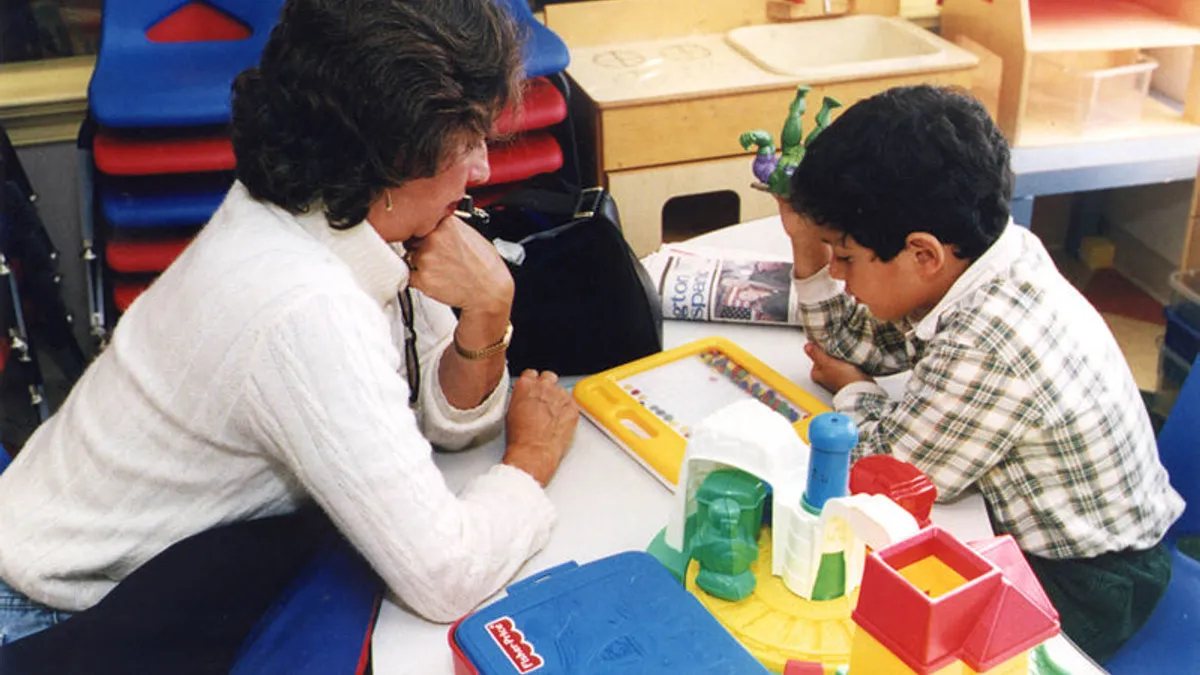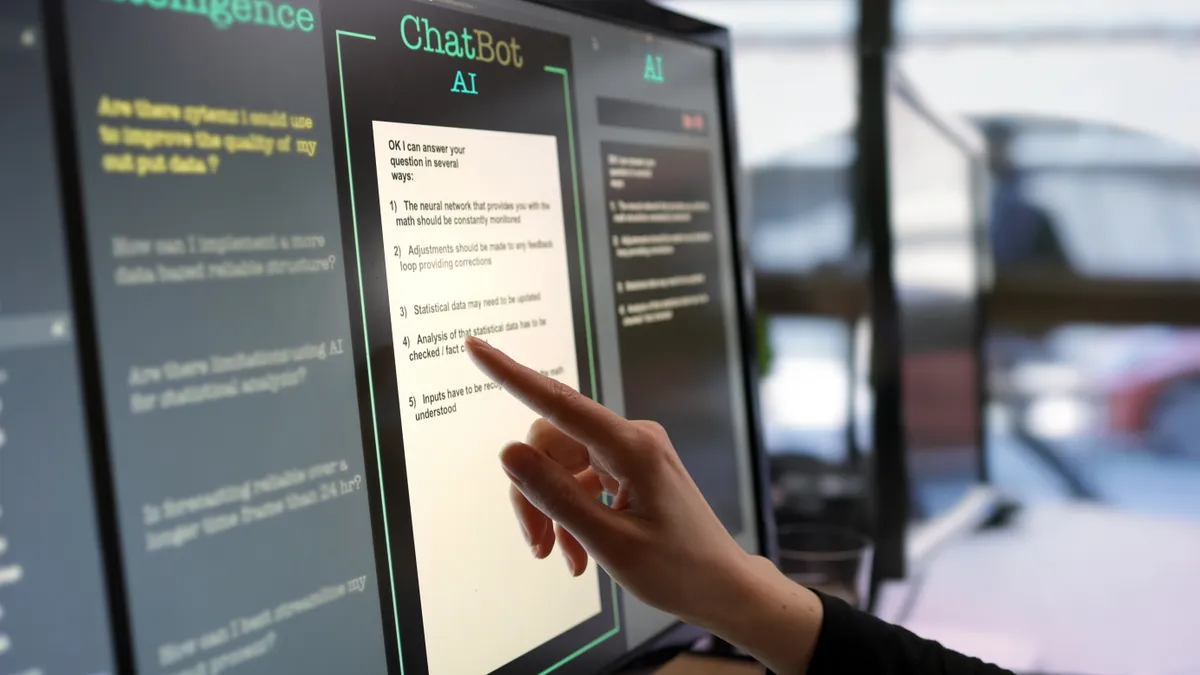As technology makes its way into classrooms, the question of what effect innovative strategies will have on students with disabilities remains wide open.
In some ways, technology use is nothing new for special education students and teachers. Assistive technology has been a key part of helping disabled students succeed in school and afterwards for decades. But some experts say that the new push for tech-driven, personalized learning environments has the potential to destigmatize their use and provide more opportunity for learning for disabled students.
A history of exclusion
As a post from Ashley Bateman and Don Soifer at the Lexington Institute stated, “Traditional school models have not served students with disabilities well.” Graduation rates and performance on tests have lagged and students with disabilities often face zero-tolerance discipline strategies that make it difficult for them to learn and can result in disproportionate suspensions and expulsions. Between 2009 and 2012, the U.S. Department of Education received a record number of complaints regarding discrimination against students with disabilities.
And newer school models have faltered, as well. Charter schools educate fewer students with disabilities than traditional public schools, and many have been accused of being unwelcoming to students with disabilities or cherrypicking high-performing students.
But the convergence of innovations in special education — prompted by changes in federal law — and innovations in educational technology could provide the opportunity for a different outcome.
Where universal and personalized learning meet
Since the Individuals with Disabilities Education Act (IDEA) passed nearly three decades ago, schools have been obligated to provide the least-restrictive learning environment they can. That marked a sea change in special education: Prior to the passage of IDEA, special education students were often segregated into their own classrooms, or even excluded entirely from public schools.
Today, districts are required, whenever possible, to incorporate students with special needs in mainstream classrooms, where they can receive the same level of instruction as their peers. Compliance has been inconsistent: A recent investigation found that Georgia systematically segregated disabled students in separate school buildings or even basements. But the federal mandate to provide inclusive classrooms also prompted a reexamination of how to design more inclusive classrooms. One model of that has been the development of a so-called “universal design for learning,” a framework for classrooms that support all students’ learning.
Many of its tenets echo those used in innovative school models. According to the National Center on Universal Design for Learning, the framework calls for students to have multiple ways to engage with material and multiple methods to express what they know. That aligns with more personalized approaches to classroom management that schools are experimenting with.
How to make it work
As schools move toward more technology-based differentiated learning, teachers may be able to provide students with disabilities a variety of digital tools or apps to learn a given subject. The wealth of apps, devices and online resources makes it easier to find something that could work for an individual student. There’s some anecdotal evidence that the technology itself, with its multimedia presentation and interactivity, may also make it easier for students with disabilities like autism to digest material.
“What technology does is simplify interaction,” Andy Shih, the president of Autism Speaks, told the Hechinger Report last year. “Interaction with an app is always going to be the same. The expectation is always going to be consistent. Interaction with individuals is far more complex.”
And increasingly, assistive technology tools that allow students to read larger text if they have a vision impairment or absorb material at a different level is available on the same devices other students would be using: iPads, laptops and phones. Rather than an obvious gadget for a disabled student marking them as different, every student would be using a device. A teacher would be able to provide support invisibly, through a student’s device, without drawing attention to the student’s disability.
Still, there are reasons to move cautiously on implementing blended learning classrooms for disabled students. For one, what works for students without disabilities may not necessarily work for disabled students. Many of the available tools will have to modified and customized for students with disabilities.
And, crucially, data on how much of an impact blended learning has on disabled students is still lacking.
Would you like to see more education news like this in your inbox on a daily basis? Subscribe to our Education Dive email newsletter! You may also want to read these 3 tips on pricipal retention shared with Education Dive by KIPP's Dave Levin.





















